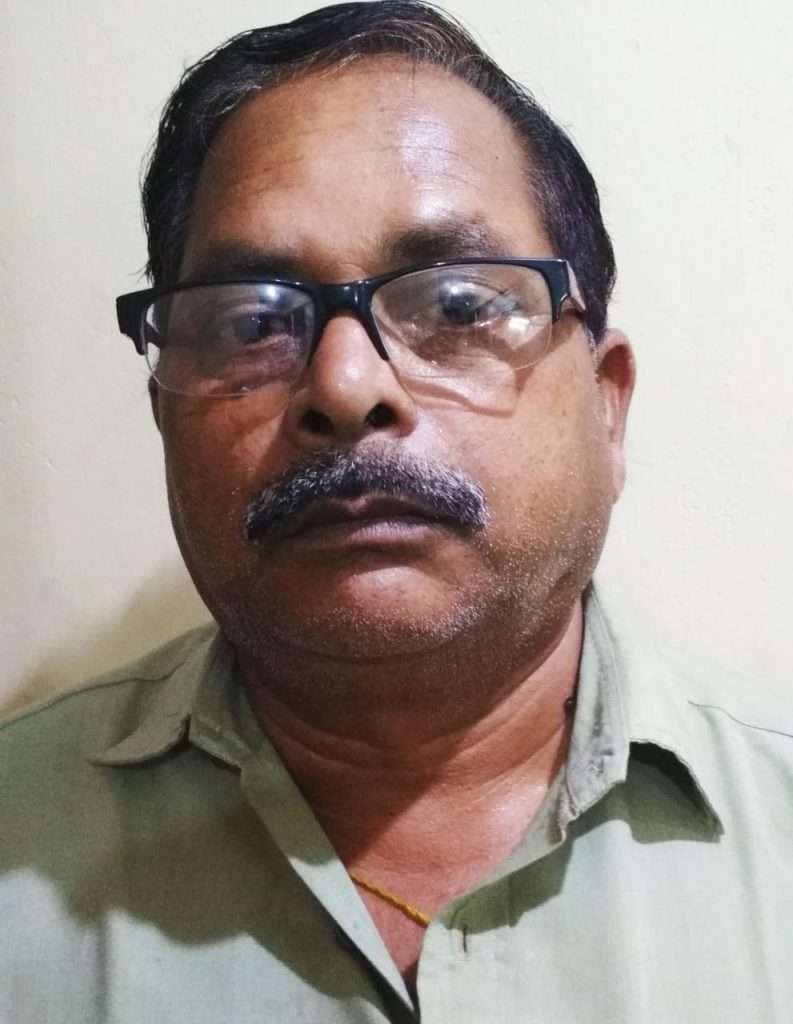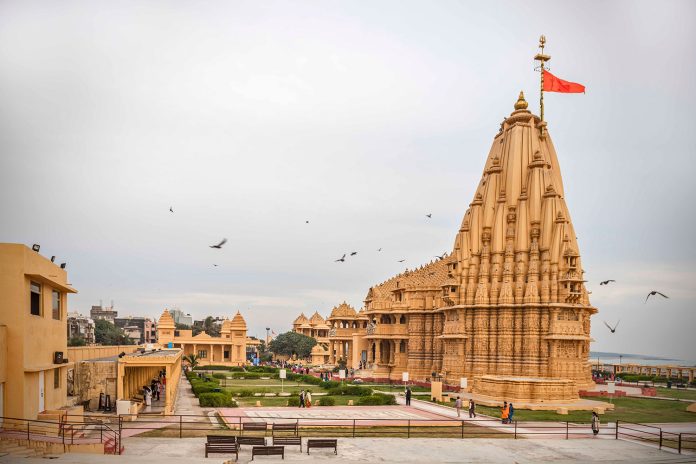The Somanath Temple is a Shiva temple in Prabhas Patan, Gujarat. It is first among the twelve jyotirlingas of India. The twelve Jyotirlingas are –
Saurastre Somanathan Cha Srisailye Mallickarjunam.
Ujjainyam Mahakalam Omkaram Amaleswaram
Baidyanatham Chitabhumau Dakinyam Bhima Shankaram
Setubandhe tu Ramesham Naagesham Daruka bane.
Varanasyam tu Biswesham
Trambyakam Gautami tate.
Himalaye tu kedaram Ghusmesham cha Shivalaye.
It is not known when the temple was first built. The temple is not mentioned in ancient Sanskrit Texts of India. Mahabharata and Bhagabata Purana Mention a Pilgrimage site at Prabhas Patan. There is no evidence that there existed a temple on that site. Historians believe that the temple might have been constructed between the early century of 1st millennium and 9th century CE.
The temple was repeatedly attacked by Muslim invaders especially sultan Mahmud in the 11th century. Much destruction was made to the temple. So the temple was reconstructed several Times.
In the colonial times Historians and Archaeologists studied somanath temple because the ruins showed the trace of an Islamic Mosque. After independence the temple was reconstructed in Maru Gurjara style.
The Somanath Temple is located along the coastline in Prabhas Patan, Saurastra region of Gujarat. This temple is located close to the ancient trading port of veraval, from where Indian merchants departed to trade goods. The 11th century Persian Historian Al. Biruni states that somanath was famous because it was harbour for sea faring people and a station for those who went to and fro between sufela in the country of Zanj (east Africa) and China. The 5th Century poem Raghuvansha of Kalidasa mentions somanath.
Soma, the moon God is believed to have lost his lustre due to a curse and he regained it by bathing in the Saraswati river at this site. In 1026 during the time of Bhima I Mahmud of Ghazni raided and plundered the temple and destroyed the Jyotirlinga. There is a story that the image in the Garbha griha was in Suspended position without support from any direction. Mahmud rounded his sword around the Linga. But no support found. Then some one said that three magnets had been placed in the walls. So the Linga was remaining in suspended balanced position. So Mahmud ordered to break the walls one by one. And the idol fell down on the ground. This art was a brilliant example of scientific construction. Mahmud took away much wealth the from the temple accumulated by centuries of collection.
Now it is all right. Lord Somanath and the local people are in peaceful condition.
(The views expressed are the writer’s own.)

Radhakanta Seth is an Former-Income tax officer in Sambalpur. He is a Freelance writer and his articles have been published in some Oriya dailies like Sambad, Samaj, Dharitri and English dai

